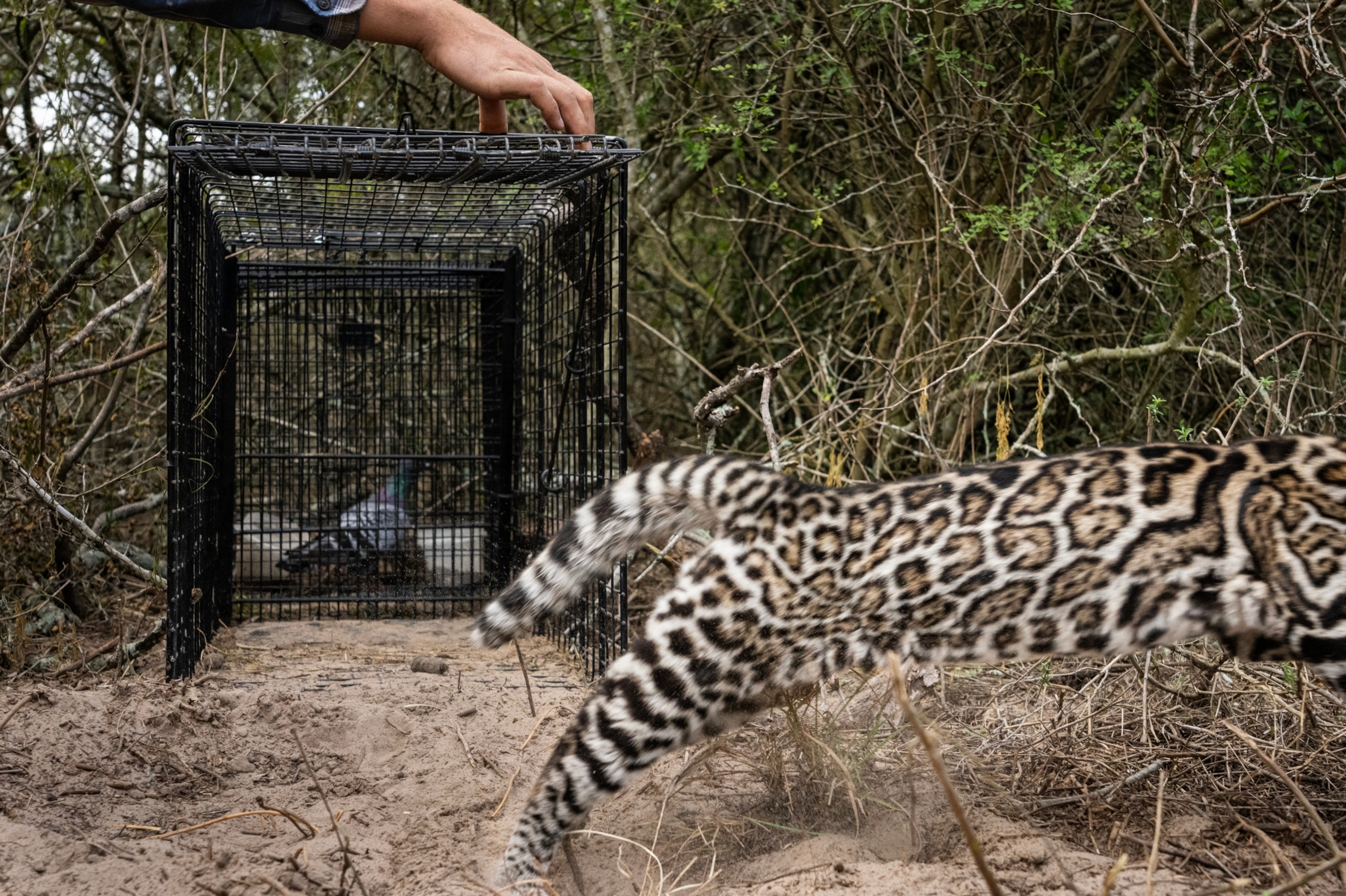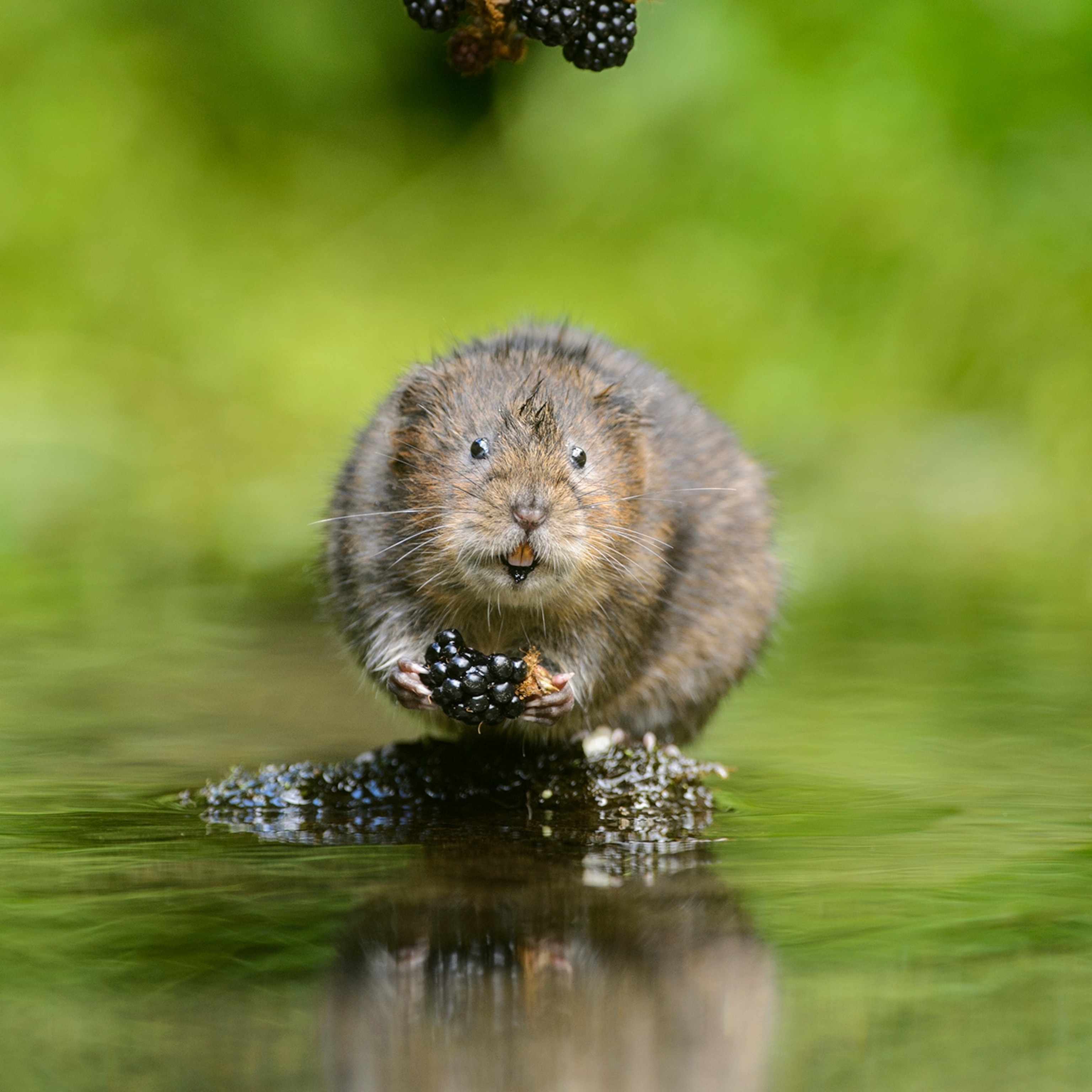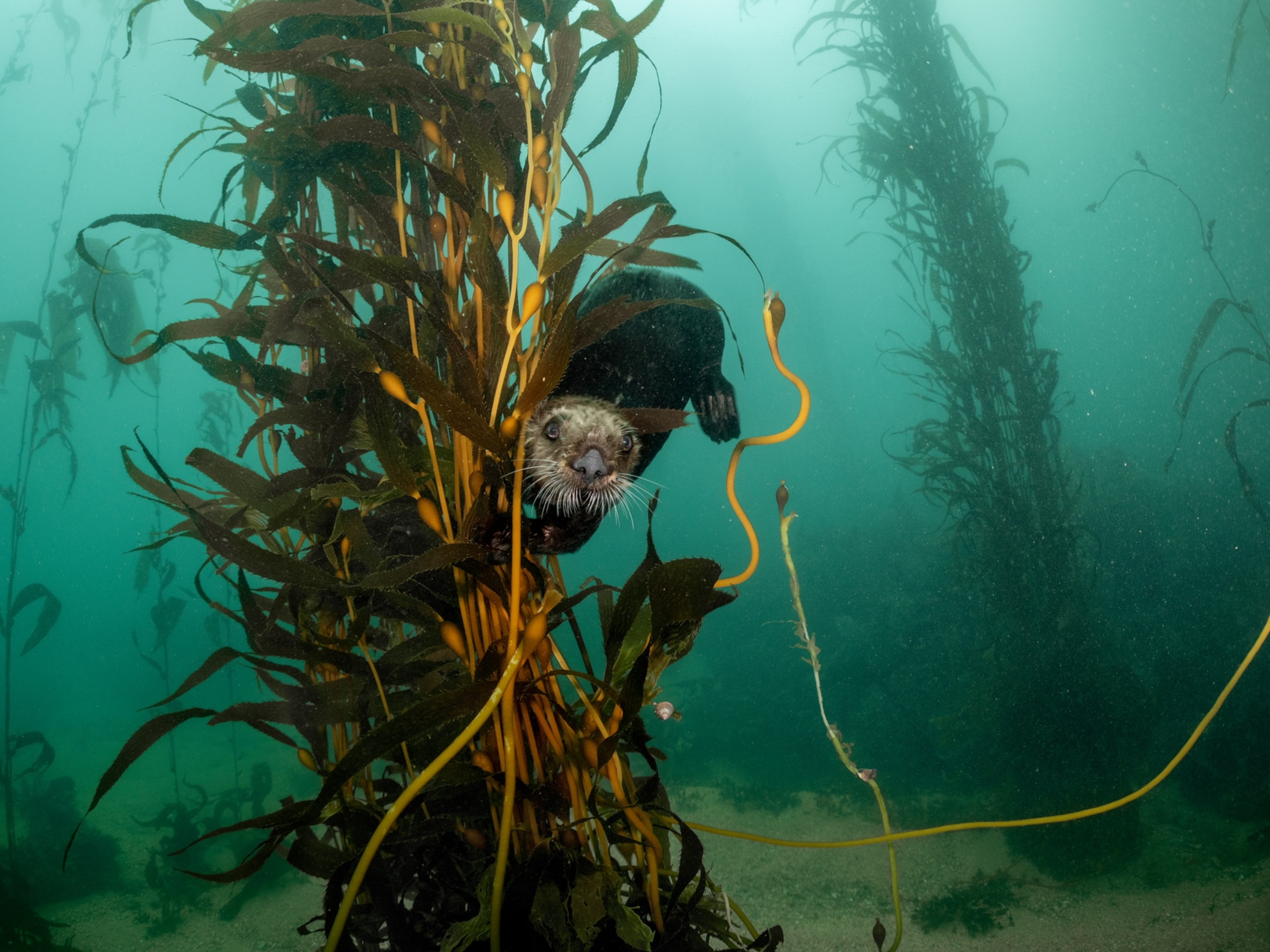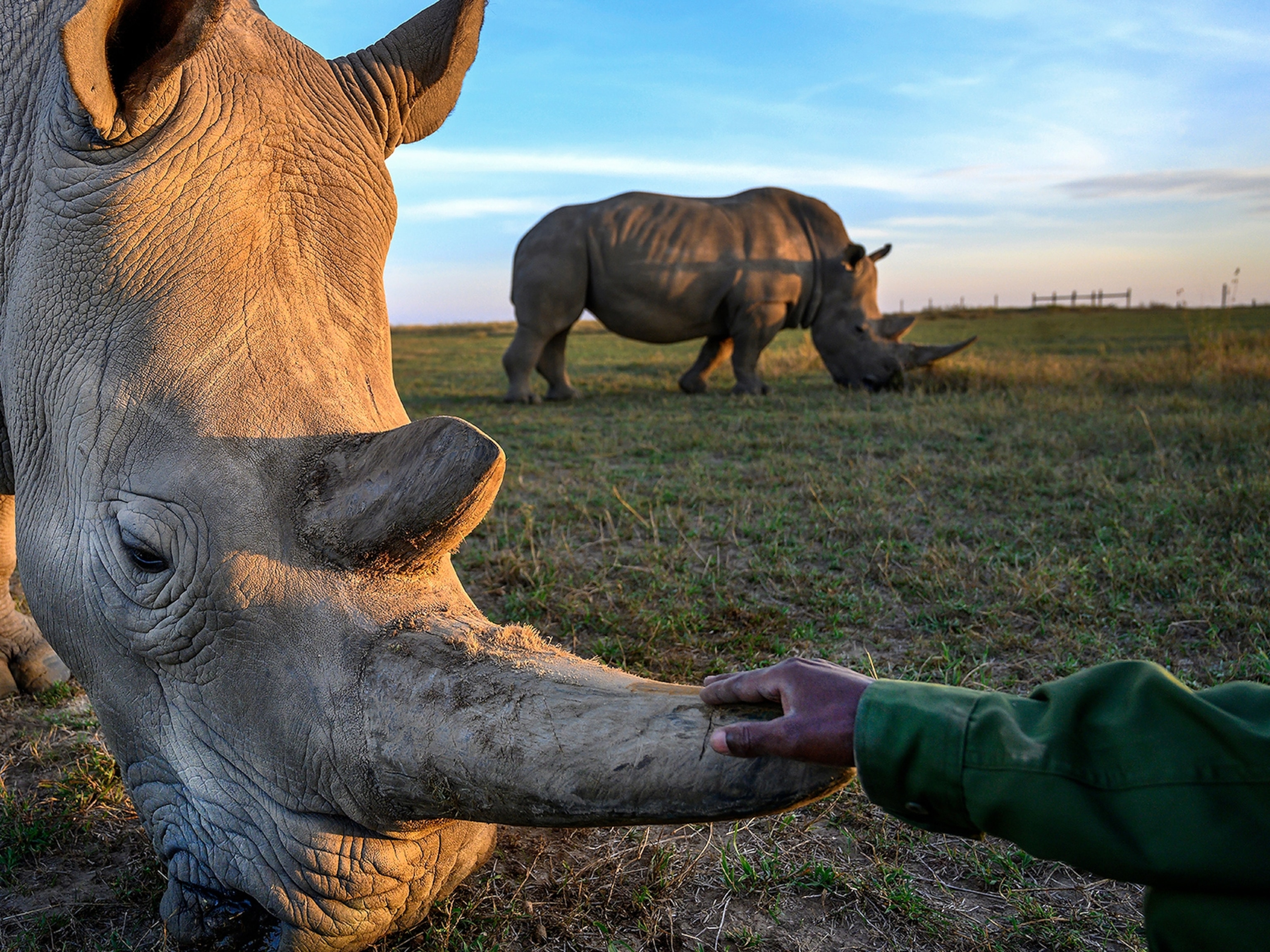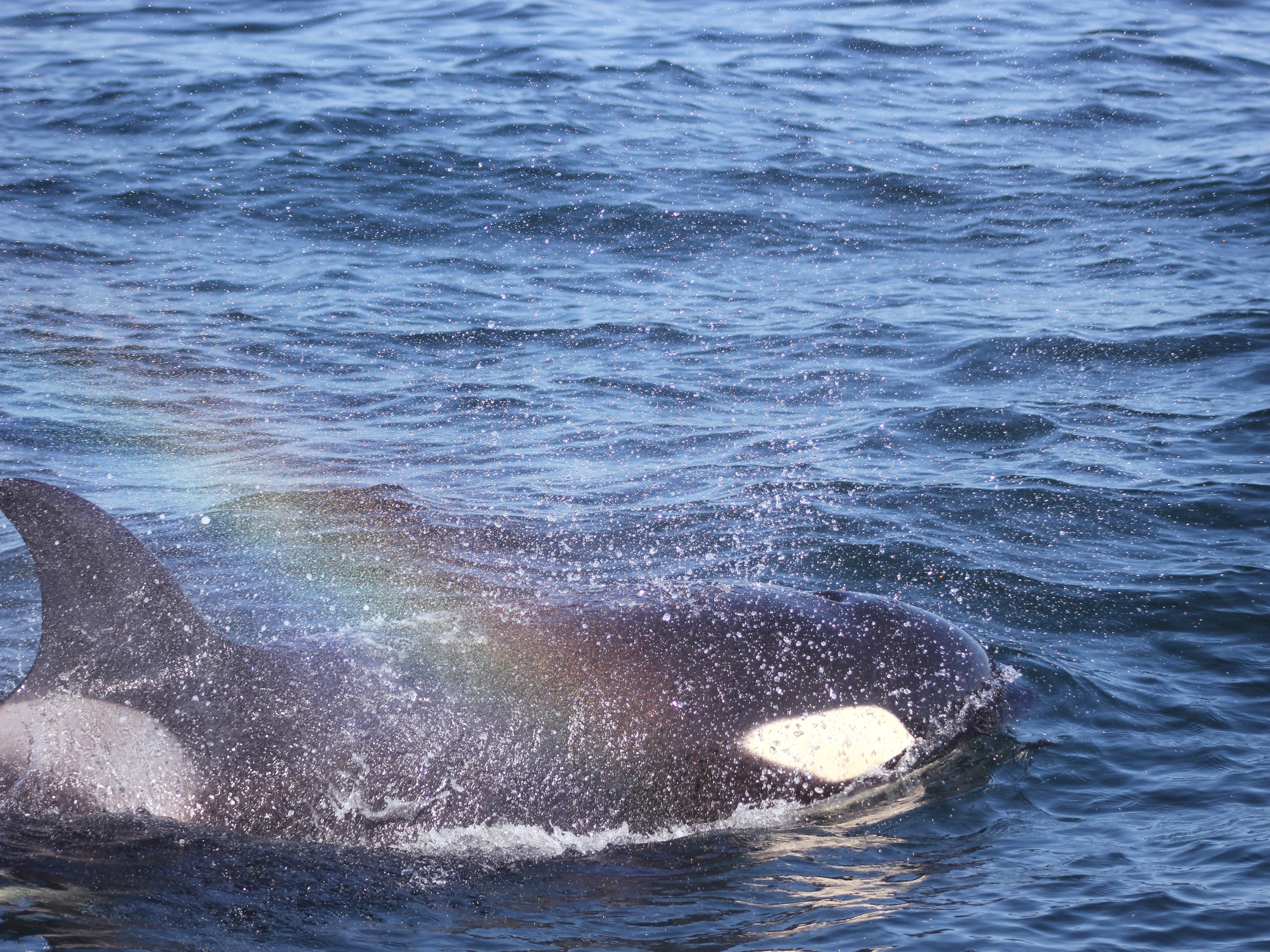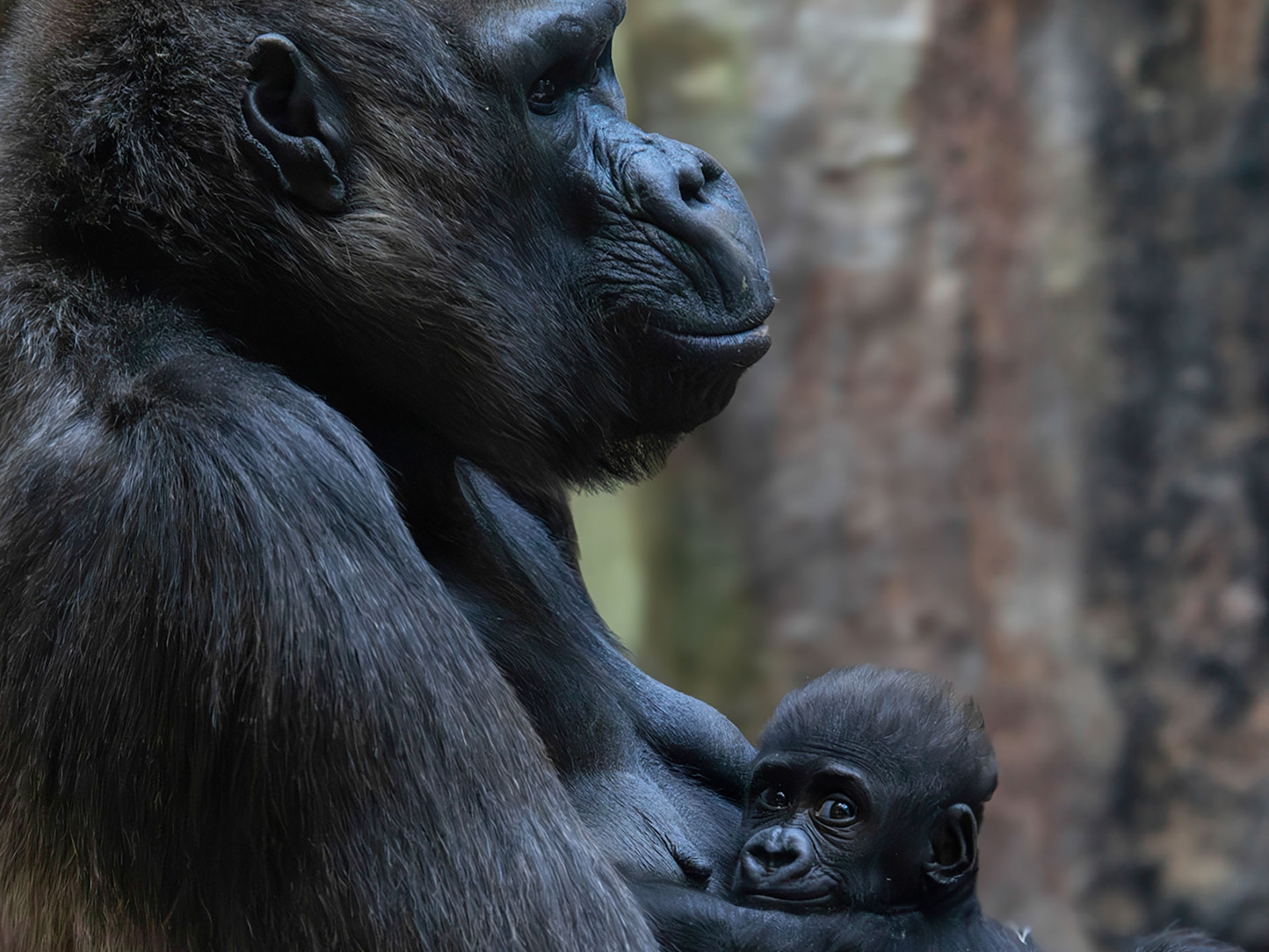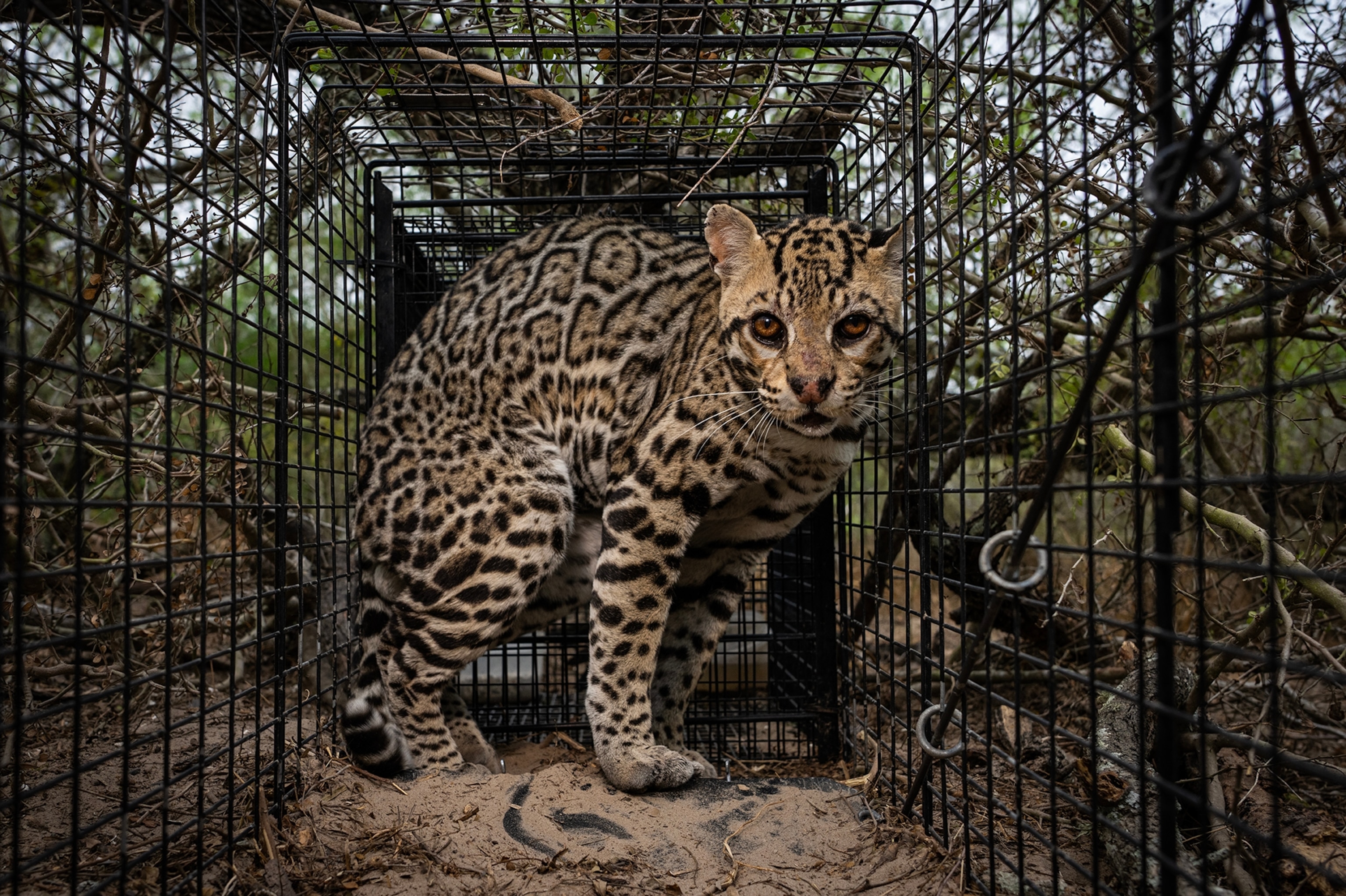
Ocelots once roamed the U.S. Can we bring them back?
Ocelots are a quintessentially American cat—yet a single tropical storm could wipe them off the U.S. map. Will a pioneering new partnership make a difference?
Only a few centuries years ago, the northern ocelot was a quintessential American cat, prowling places as diverse as Louisiana, Arkansas, and Arizona.
But decades of widespread hunting and habitat loss have winnowed their numbers in the United States to fewer than a hundred individuals, which now roam the thorny scrublands of South Texas. They’re split into two populations, one that lives on private ranchlands, and the other in Laguna Atascosa National Wildlife Refuge, located farther south in the rapidly developing Rio Grande Valley along the Gulf Coast. Though ocelots are plentiful in parts of Central and South America, the northern subspecies is listed as federally endangered in the U.S.
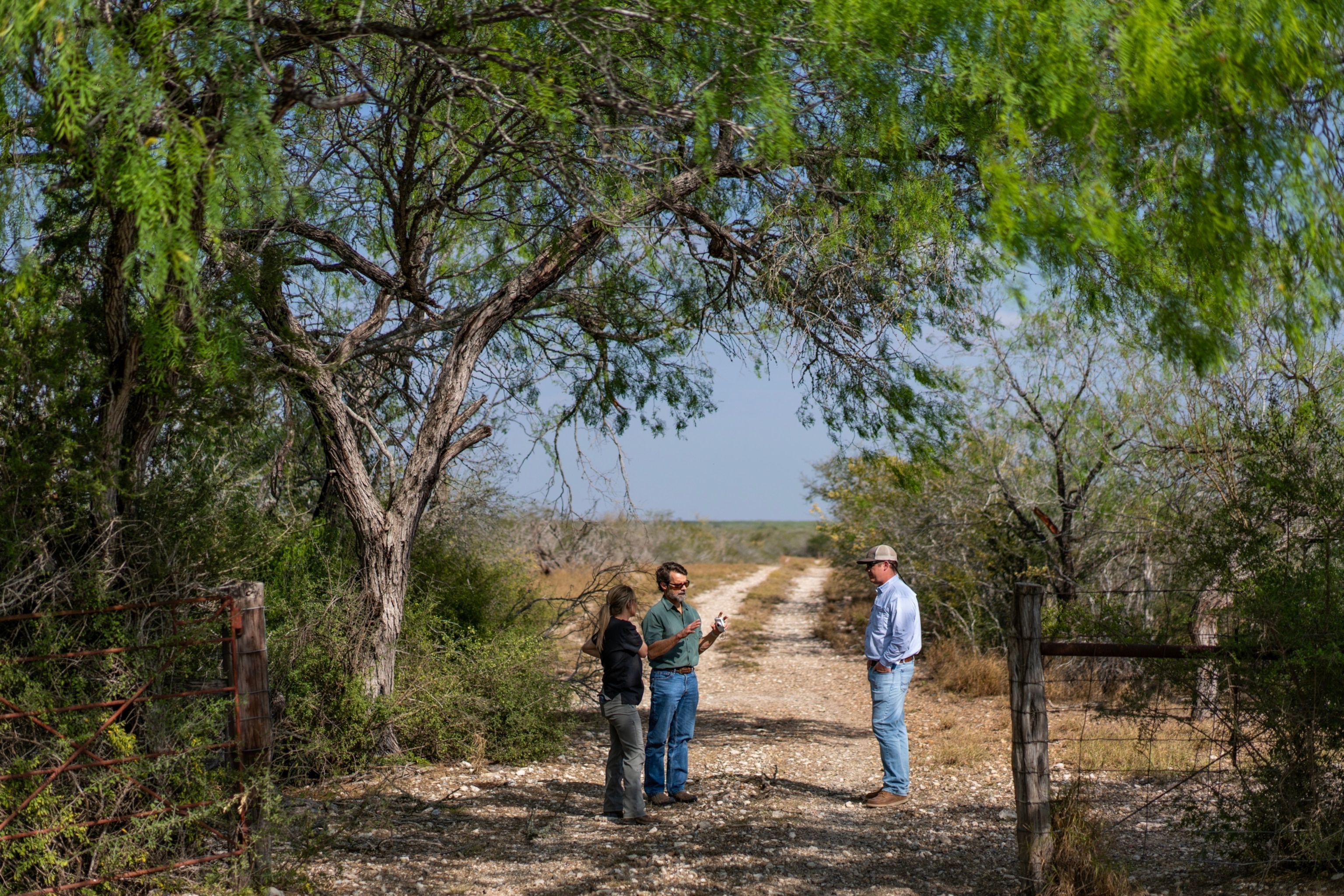
These 25-pound felines, known for their fetching dappled coats, face several challenges. The two American populations are prevented from intermixing due to human development, making them vulnerable to inbreeding, which can ultimately harm their ability to reproduce. Vehicle strikes are the animals’ leading cause of death, particularly of young males who set out to find new territory, and the total U.S. population is so small that a single tropical storm could wipe the coastal-dwelling cat off the map.
To protect the species, in 2021, several non-governmental organizations, academic institutions, and private landowners launched a major effort to establish a new ocelot population in Texas, which aims to increase the total number to at least 200 animals for a period of 10 years—the benchmark needed to take it off the endangered species list. (See pictures of ocelot kittens caught on camera trap at the wildlife refuge.)
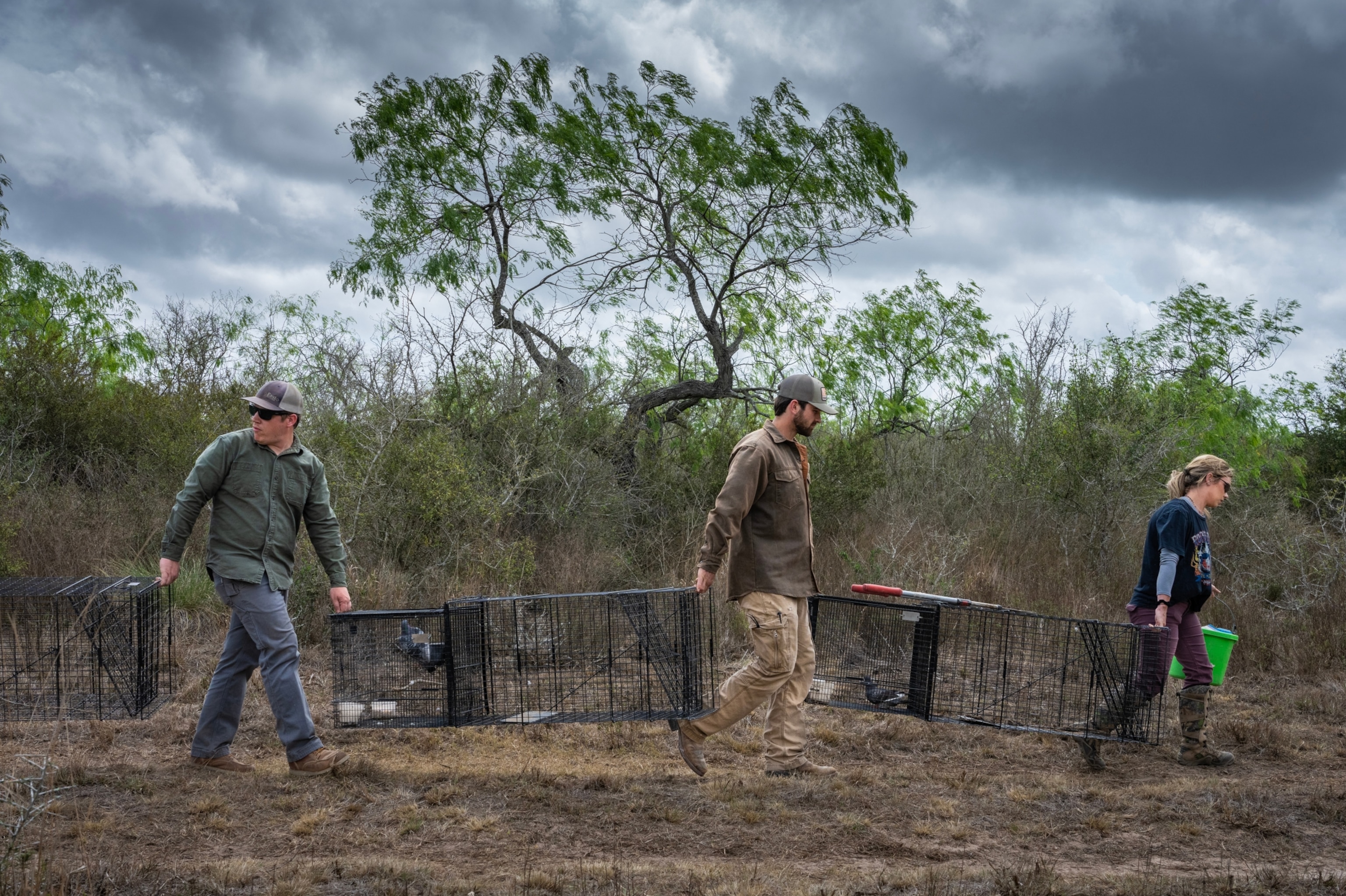
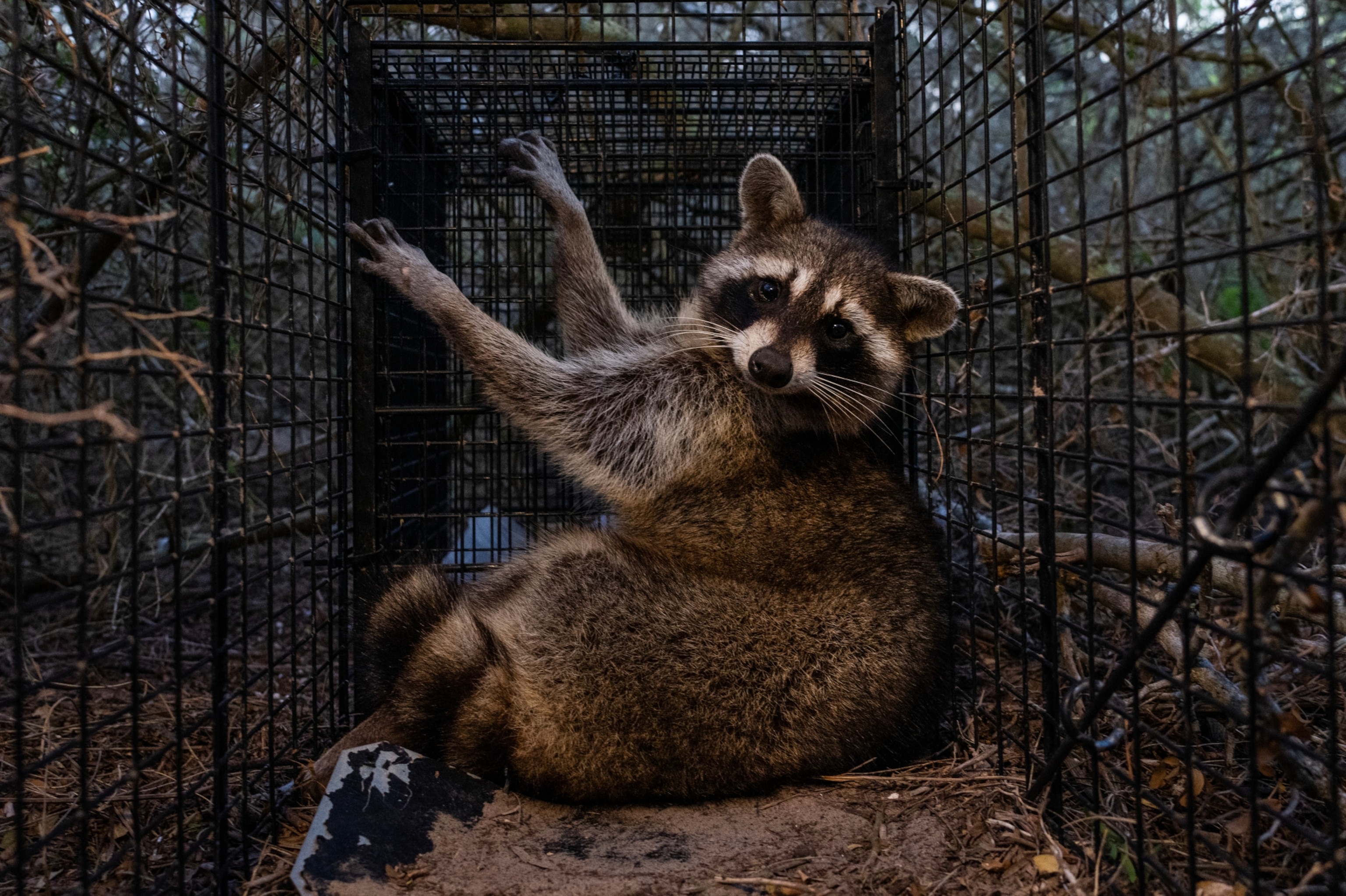

“We’re optimistic,” says Grant Harris, a chief biologist for the U.S. Fish and Wildlife Service in the southwestern U.S. “It’s a very pioneering partnership. This is how it should work—you have all these groups pulling together for a common goal.”
One of the partners, the East Foundation, a Texas-based agricultural research organization that promotes land stewardship, has completed the first step of the project: extracting semen from wild Texas ocelots in the hopes of breeding the cat in captivity. By inseminating ocelots already in U.S. zoos with semen taken from these Texas animals, experts could build a pool of genetically diverse animals to strengthen the wild population, says Ashley Reeves, the East Foundation’s research veterinarian.
If it hadn’t been for the large ranches staying in the ranch economy, we wouldn’t have the habitat in South Texas that supports a lot of wildlife we currently have, like the ocelot.Sonia Nájera, Director, Landscape Initiatives, South Texas, The Nature Conservancy

Eventually, if USFWS approves the plan, the team will reintroduce these cats into private lands unoccupied by ocelots, which are farther from the coast and its threatening storms. The cats provide key ecological benefits by keeping rodent populations in check, which prevents the smaller mammals from spreading out of control and wreaking havoc on native thorn forests.
The project got another boost this summer, when the Caesar Kleberg Wildlife Research Institute at Texas A&M University-Kingsville awarded the USFWS nearly $12.2 million to further ocelot conservation. Funded by U.S. Customs and Border Protection, the grant will support genetic research and restoration of thorn scrub forests—prime ocelot habitat—as well as investigate potential impacts of the border wall on animal movements.
A legacy of living with wildlife
The scrublands of South Texas are ideal habitat for the secretive ocelot, says Landon Schofield, a range and wildlife biologist for the East Foundation, which owns and manages 220,000 acres in the region. “They’re virtually camouflaged” amid the thick brush, he says. Even from 10 feet away, “you’d be hard-pressed to see them.”

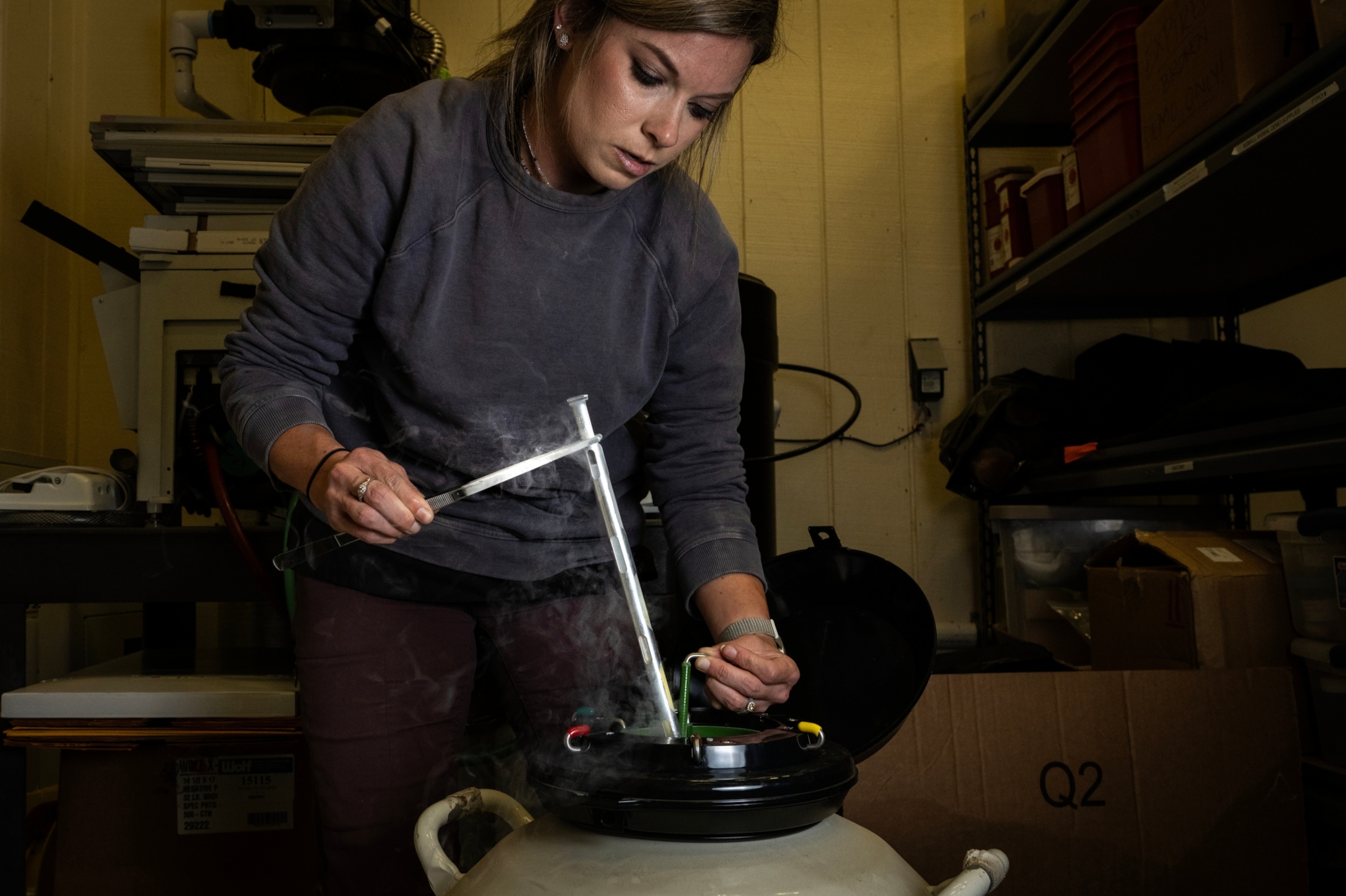
That’s a boon for coexistence between the felines and people: Ocelots prefer to stick to themselves and rarely attack livestock, predating instead on small mammals.
Schofield calls the 27,000-acre El Sauz Ranch near the Mexico border a “living laboratory,” where camera traps allow the team to actively monitor ocelot movements, habitat use, competition with other predators, and more. For instance, one video revealed never-before-seen ocelot behavior: three generations—a grandmother, mother, and daughter—grooming each other. “It rewrote some of our thinking of how they structure themselves,” Reeves says. (See camera trap video of an ocelot at night.)
Luckily for ocelot conservationists, there’s already a legacy of supporting wildlife on the private ranches of South Texas, adds Schofield. These plots are critical, as 95 percent of the state is private land.
“What makes South Texas unique is its large ranches dating back to the Spanish land grants, which have been on the forefront of wildlife conservation,” Schofield says. “There are lots of reasons to keep these lands intact, and wildlife is a large component of that.”
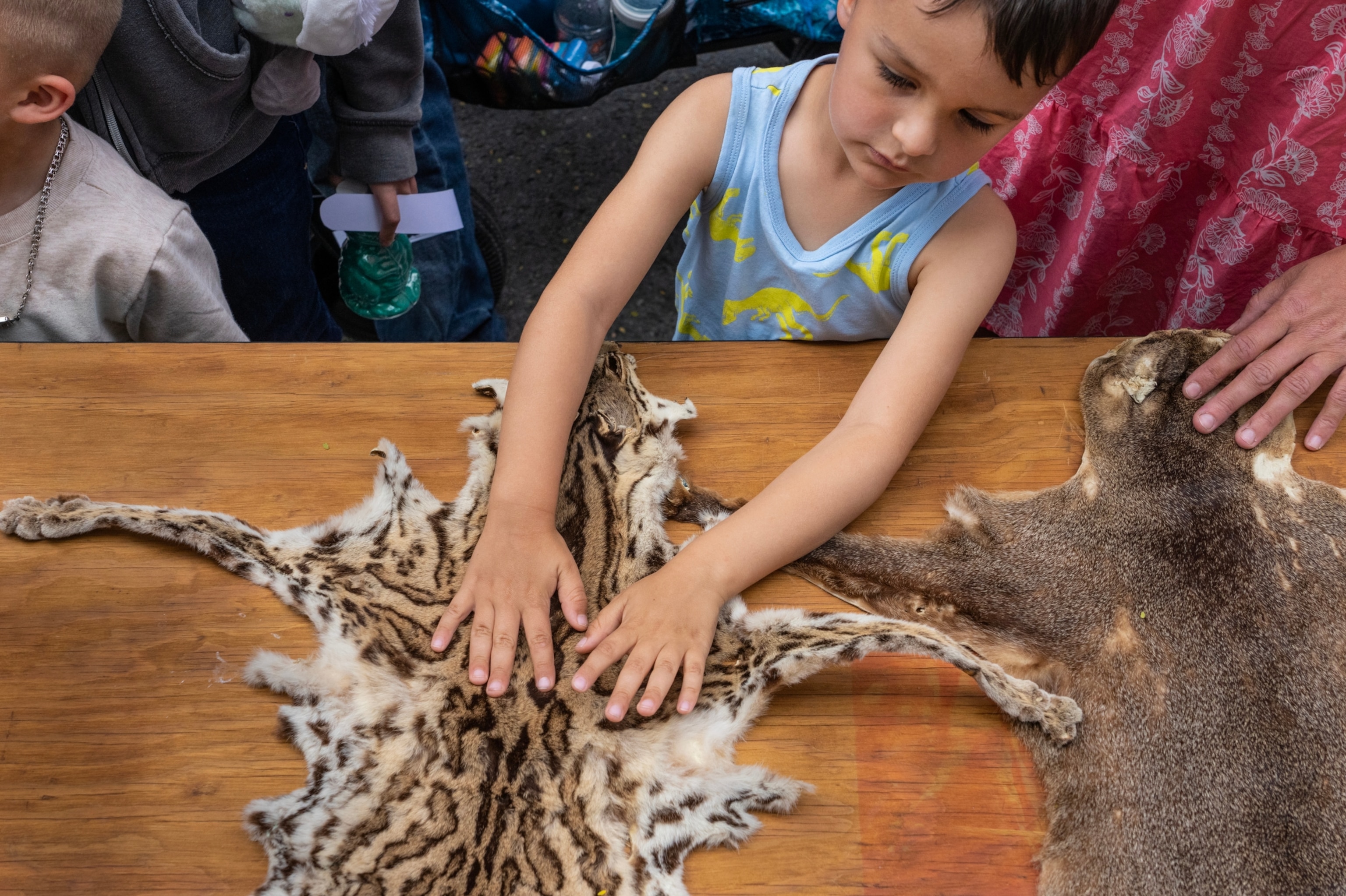

Sonia Nájera, director of landscape initiatives for the Nature Conservancy’s Texas chapter, agrees: “If it hadn’t been for the large ranches staying in the ranch economy, we wouldn’t have the habitat in South Texas that supports a lot of wildlife we currently have, like the ocelot.”
Yet bringing back the ocelot will require much more than research on private ranches, says Jim Sanderson, program manager for small-cat conservation at the nonprofit Re:wild and a member of the Cat Specialist Group at the International Union for Conservation of Nature.
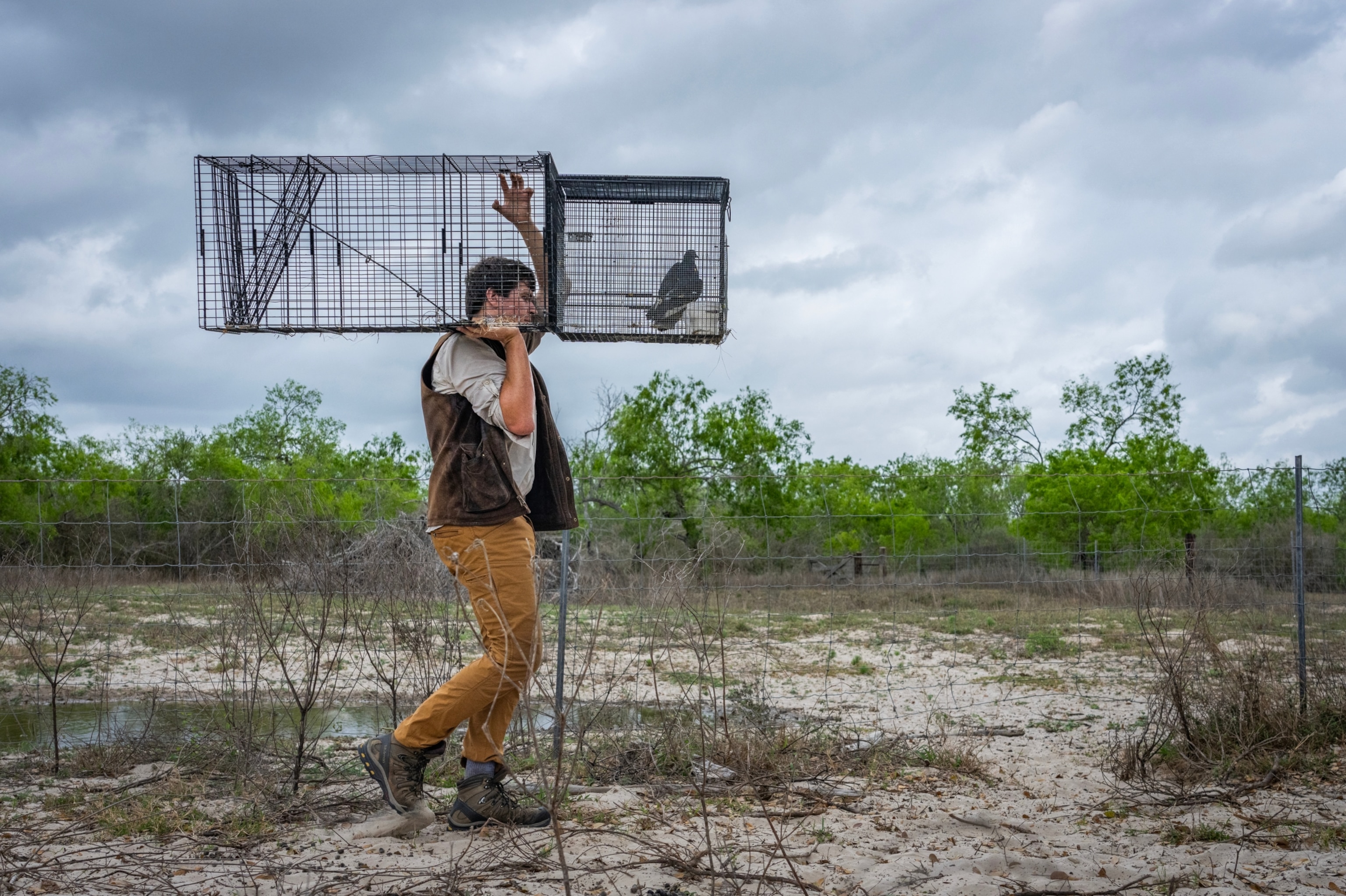
“I appreciate all that they’re doing, and I’m glad it’s being done, but way more needs to be done in the way of action-based threat reduction and conservation, particularly preventing roadkills and preserving land that could provide a corridor between Texas and Mexican populations,” Sanderson says. A small population of ocelots live across the border in the state of Sonora, Mexico, where they’re also listed as endangered, and allowing this group to mix with U.S. ocelots could strengthen their numbers.
Taking action
Additional steps to protect ocelots are already underway, particularly preserving wild areas that could act as stepping stones for the cats to move more freely across the landscape, Nájera says.
For instance, a cat today would have trouble moving south from the Laguna Atascosa wildlife refuge to the Rio Grande delta due to highways and other infrastructure, making green travel corridors crucial for the animal’s future.
“As a land trust, we’ve been really active in partnering with USFWS in getting land protected and set aside for habitat,” Nájera says. In 1999 the Nature Conservancy purchased about a thousand acres of mixed palm and thorn forest along a bend of the delta, called the Lennox Foundation Southmost Preserve, which is also home to ocelots that use the area as a green corridor.
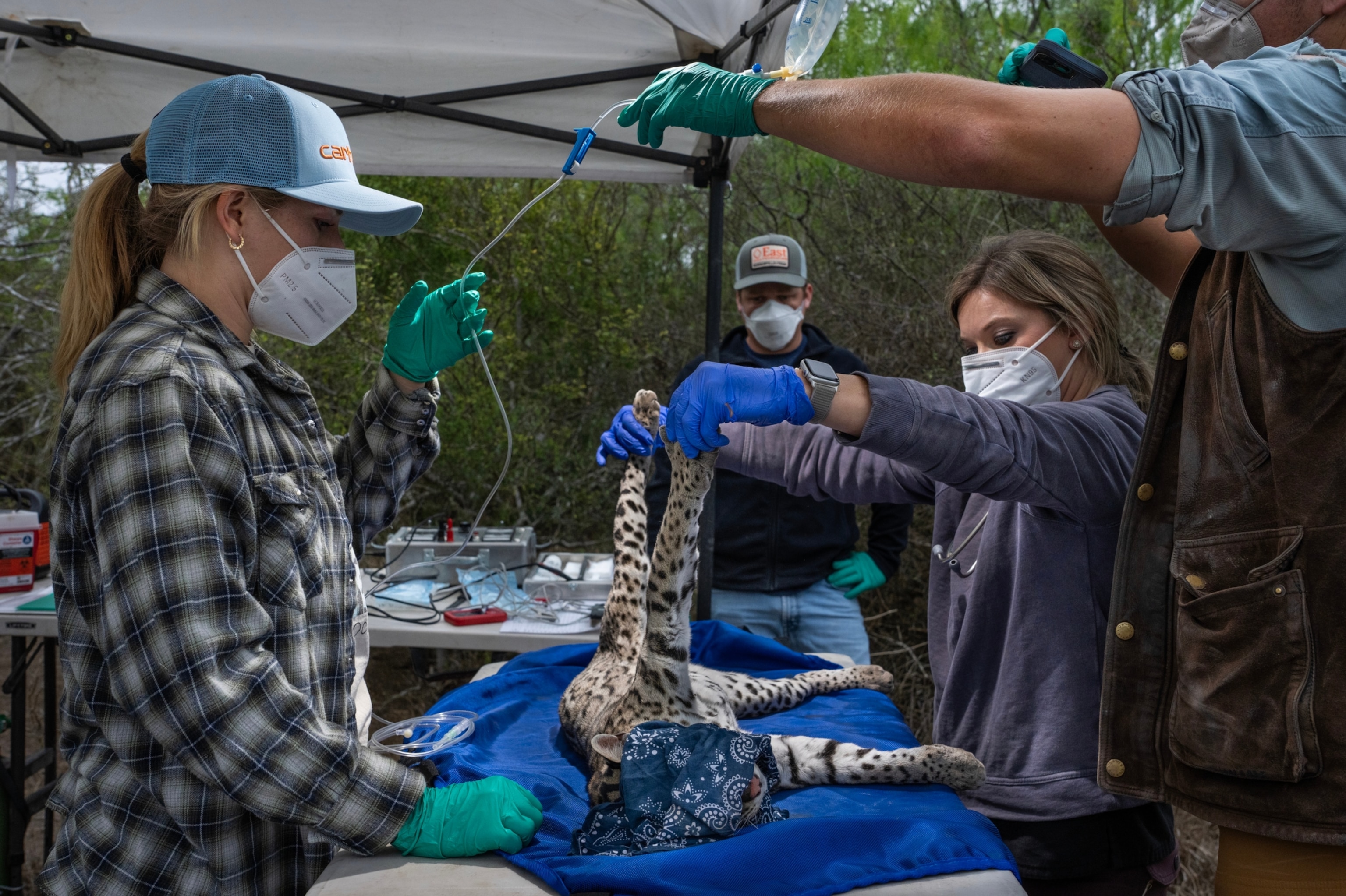
Defenders of Wildlife, a conservation nonprofit, also works to protect and preserve ocelots and their native thorn forests in the Rio Grande Valley, says Sharon Wilcox, the group’s senior Texas representative.
Wilcox is particularly involved in efforts to reduce roadkill. After vehicle strikes killed seven ocelots in 2016 and 2017, conservationists took action. A coalition including USFWS, the Texas Department of Transportation, Houston Zoo, and the Laguna Atascosa refuge funded the construction of 12 underpasses on the highways that saw the most ocelot deaths. Since then, there has been a significant decline in ocelot strikes on Texas roads, says Wilcox, who has worked with the species for 20 years.
Other native species also use the underpasses, and overall, reducing animal strikes leads to fewer road accidents, too. “We’re improving safety for everyone,” she says.
Another tool in reducing roadkill is public awareness campaigns, says Wilcox, who helps manage the annual Ocelot Conservation Day at the Gladys Porter Zoo in Brownsville, Texas. The festival gives visitors—particularly children—a chance to see the zoo’s ocelot.
“When people are made aware of the cats, they’re enthusiastic about their presence,” Wilcox says. “We owe them this fair fight for survival.” (Read: “Out of the shadows, the small wildcats you’ve never seen.”)

Schofield adds that though a lack of public knowledge exists about the northern ocelot throughout the U.S., there’s recently been “a lot of momentum through films and documentaries to get the word out.”
Ultimately conservationists and many ranchers share the aim of preserving the landscape of South Texas and all its denizens, Nájera says.
“The lower Rio Grande Valley is a really beautiful community of nature and people, and as a community, we understand our natural heritage,” she says.
“We talk a lot about the ocelot, as we should … but it’s a whole system that we’re working to conserve.”
